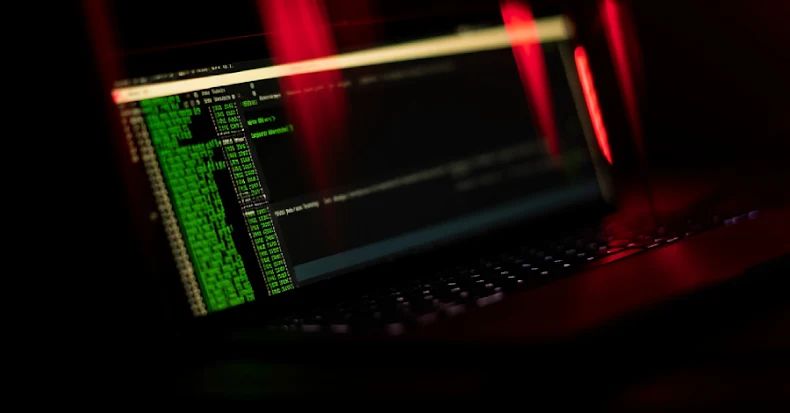The Value of Malware Development Skills in Cybersecurity: Ethical Considerations and Professional Opportunities
Malware development involves creating software designed to infiltrate or damage computer systems, encompassing various types such as viruses, worms, Trojans, ransomware, and spyware. The process requires a deep understanding of system vulnerabilities, exploit development, and techniques to evade detection mechanisms. The author of the Reddit post finds the challenge of evading detection particularly gratifying, highlighting the intricate cat-and-mouse game between malware developers and security professionals.
The author's dilemma centers on whether to pursue malware development as a professional skill or keep it as a hobby, given their disinterest in malicious activities. This question is significant in the cybersecurity field, where understanding malware is crucial for defense. Roles such as penetration testers, red teamers, and malware analysts leverage knowledge of malware and attack techniques to enhance organizational security.
Penetration testers simulate cyber attacks to identify system vulnerabilities, while red teamers simulate real-world attacks to test detection and response capabilities. Malware analysts study malicious software to develop detection methods and mitigation strategies. These roles require a deep understanding of malware behavior and defensive techniques.
However, ethical and legal considerations are paramount. Developing malware for malicious purposes is illegal and unethical, but creating malware in controlled environments for research, testing, or educational purposes can be beneficial. For instance, developing malware in a lab setting to understand its behavior and devise defenses is a legitimate and valuable activity.
For the author, a career in cybersecurity focusing on offensive security or malware analysis could be a good fit, provided they operate within legal and ethical boundaries. Certifications such as Certified Ethical Hacker (CEH), Offensive Security Certified Professional (OSCP), and GIAC Certified Penetration Tester (GPEN) can demonstrate their skills and commitment to ethical hacking.
In the broader cybersecurity landscape, malware development skills are in high demand. As cyber threats evolve, organizations need professionals who understand the latest attack techniques and can develop effective defenses. The constant adaptation between attackers and defenders underscores the importance of these skills.
However, the author must be aware of the risks. Even with good intentions, working with malware can be dangerous. Accidental release of malware, even in a controlled environment, can have serious consequences. Proper precautions, such as using isolated lab environments and following strict protocols, are essential.
In conclusion, malware development skills can be highly valuable in cybersecurity, but they must be used ethically and legally. The author's interest in malware development could translate well into a career in offensive security or malware analysis, provided they adhere to ethical guidelines and legal boundaries. This approach not only leverages their skills but also contributes positively to the cybersecurity landscape.























































